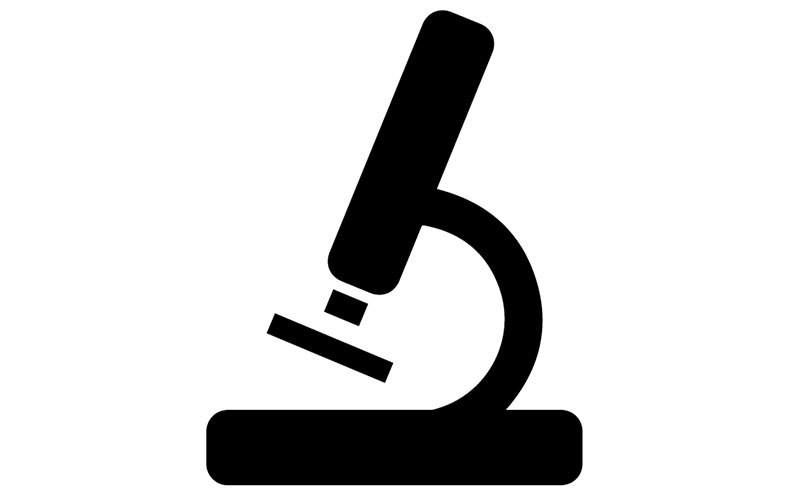This month: alkaptonuria

What is alkaptonuria?
Also known as “black urine disease”, alkaptonuria is a very rare inherited disorder that prevents the body fully breaking down the amino acids tyrosine and phenylalanine.
What are the implications?
It results in a build-up of a chemical called homogentisic acid in the body. This can turn urine (and parts of the body) a dark colour and lead to a range of problems over time.
What kind of problems?
Severe damage to the spine and joints, leading to repeat joint surgeries. Also, kidney, prostate and gall bladder stones, and heart valve damage.
What are the treatments?
There haven’t been any... until now.
What’s happened?
An observational study has shown that a drug called nitisinone stops the progress of alkaptonuria.
What did that involve?
A total of 39 people with alkaptonuria were given 2mg of nitisinone each day for three years. The results show that the drug stops the disease, by decreasing homogentisic acid. The therapy not only arrested but also partially reversed ochronosis.
What are the health benefits?
Patients who took nitisinone showed major health benefits. Osteoarthritis in the spine, knees and elbows was much less severe and the risk of heart disease was reduced.




